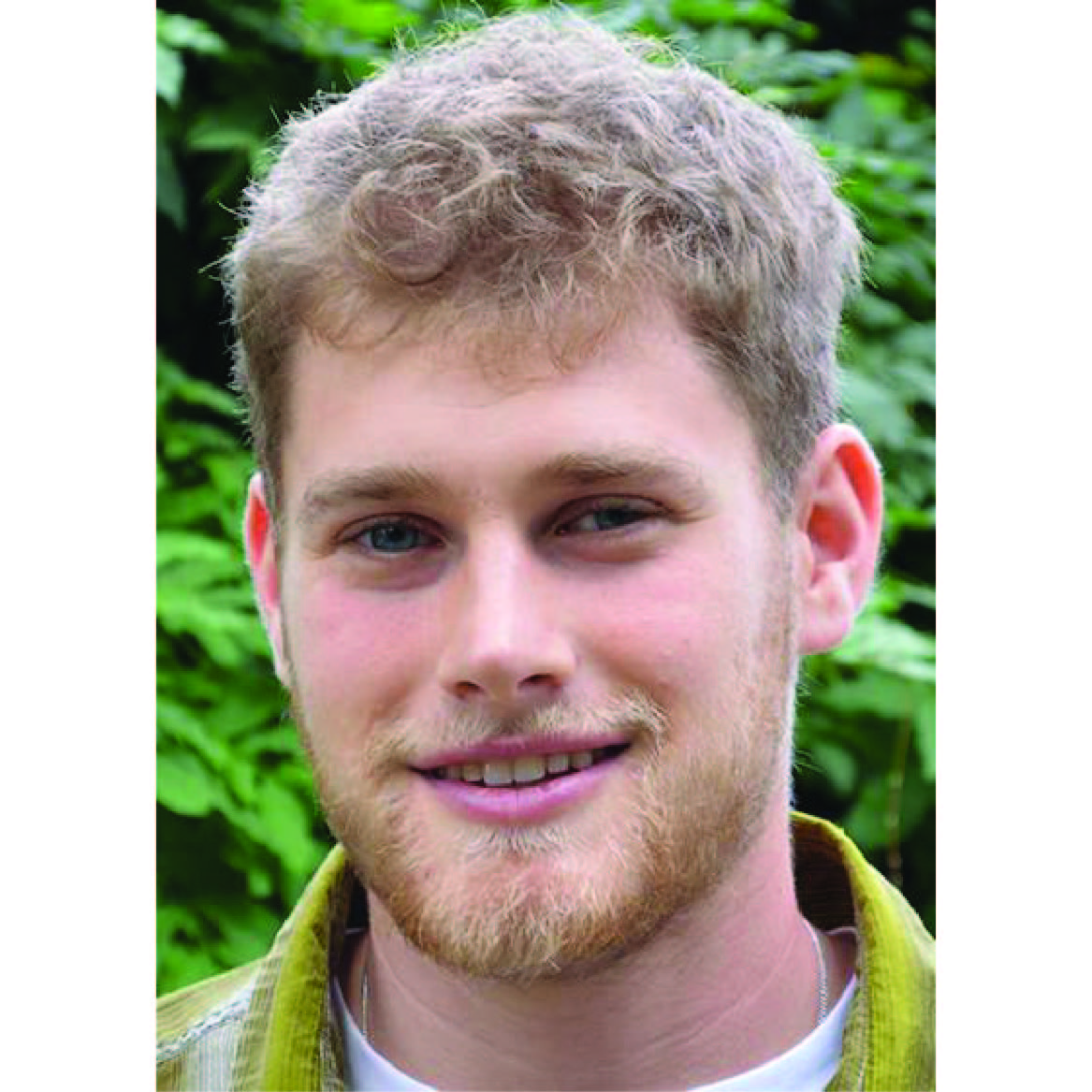
Tao Wen
Assistant Professor, Syracuse University
Contact: twen08@syr.edu
This module is designed to introduce learners to the basics of R and Python programming as well as the application of emerging data analytics and machine learning methods in the Earth and Environmental Sciences.
Applying emerging data mining tools in resolving problems in Earth and Environmental Sciences
(1) Basics of R coding in RStudio
(2) Basics of Python coding in Jupyter Notebook
(3) Analysis of driving forces of wildfire
(4) Analysis of impact of hydrocarbon production on groundwater quality
N/A
At the end of this module, you should be able to describe and implement the steps involved in:
(1) reviewing and modifying others' codes in R and/or Python
(2) writing codes in R and/or Python
(3) developing and implementing a data science workflow for a data-driven project
(4) designing a data science project by conceptualizing a domain science problem
This will be accomplished through activities within each section. Results from each activity will be recorded in specified results templates. The results templates for each activity can be found at the beginning of each activity. The results templates are organized such that results from one activity can easily be used in successive activities.

Assistant Professor, Syracuse University
Contact: twen08@syr.edu
Senior Research Scientist, University of Washington
Contact: cband@uw.edu
Post-doctoral scholar, Penn State University
Contact: lbh146@psu.eduThis module is designed to serve a broad mix of learners whose coding expertise ranges from beginner to expert level and whose geoscience-related research interests
Computer with access to the Internet
CUAHSI HydroShare account (https://www.hydroshare.org/)
This course is available for export by clicking the "Export Link" at the top right of this page. This course can cited as follows:
Bandaragoda, C., Wen, T., (2020). Data Science in Earth and Environmental Sciences. HydroLearn. https://edx.hydrolearn.org/courses/course-v1:SyracuseUniversity+EAR601+2020_Fall/about
If you are an Instructor seeking the answer keys, please contact the course creators using your official University email account.
A student can expect to complete this module with approximately 30 work hours